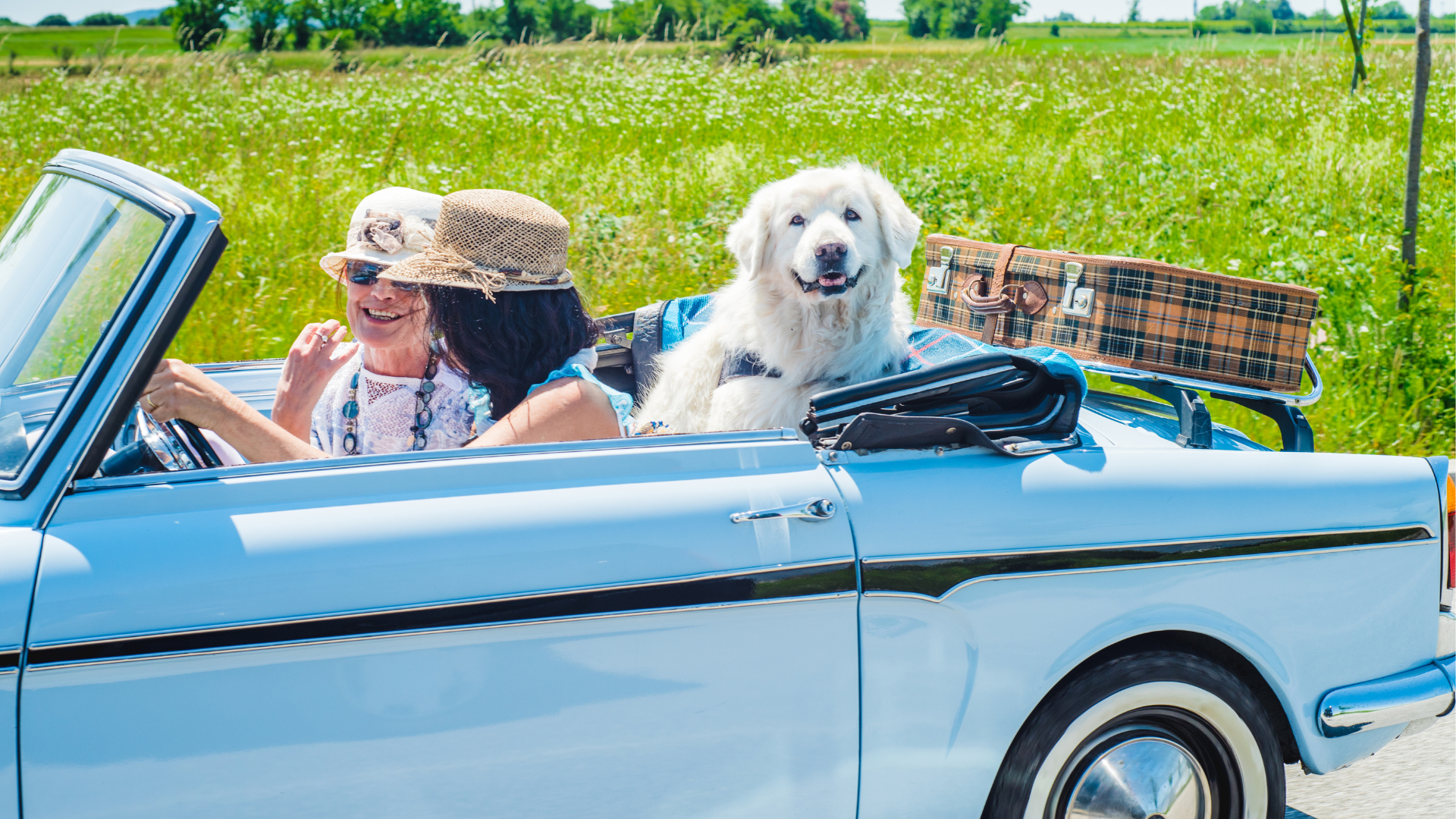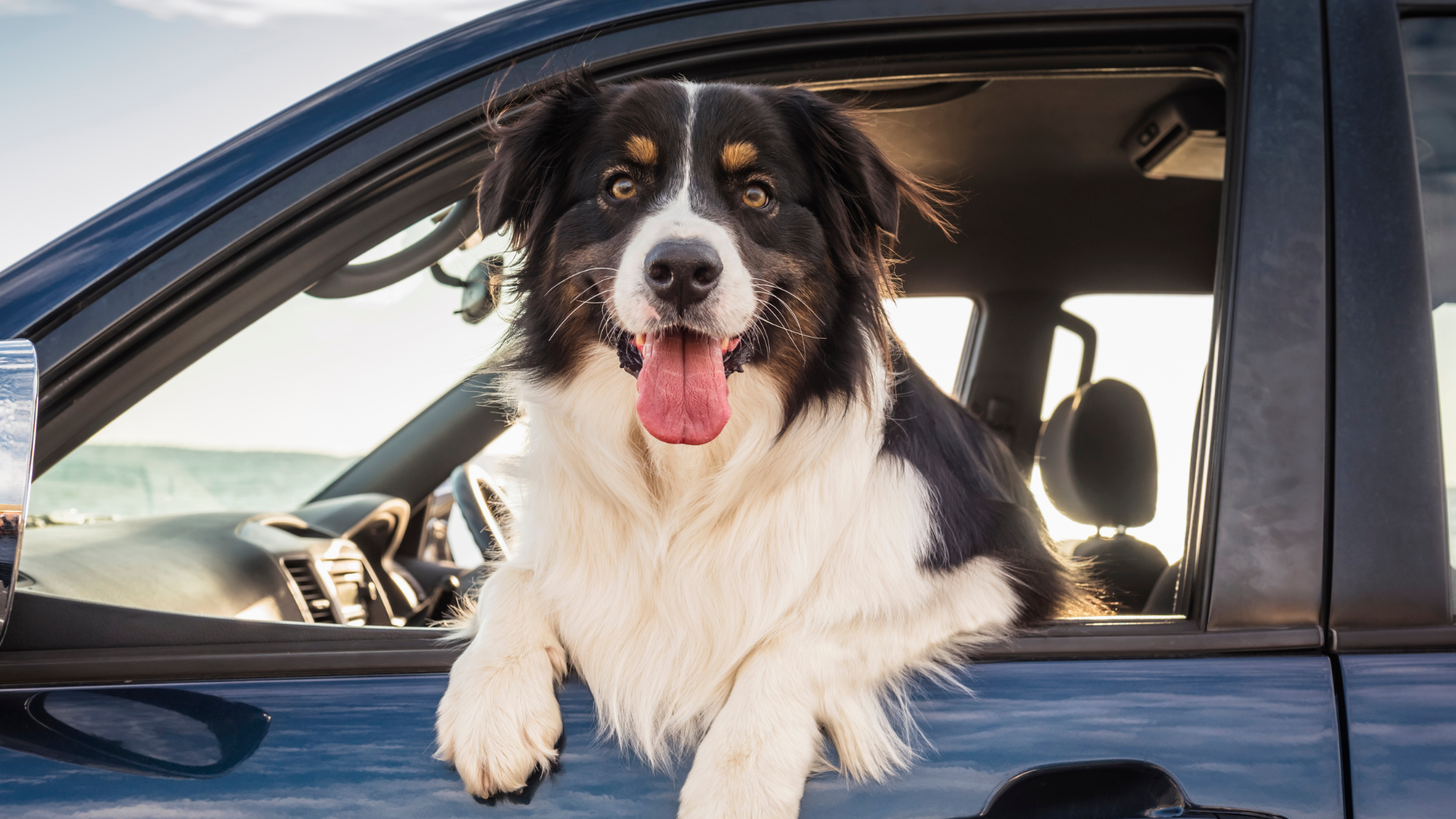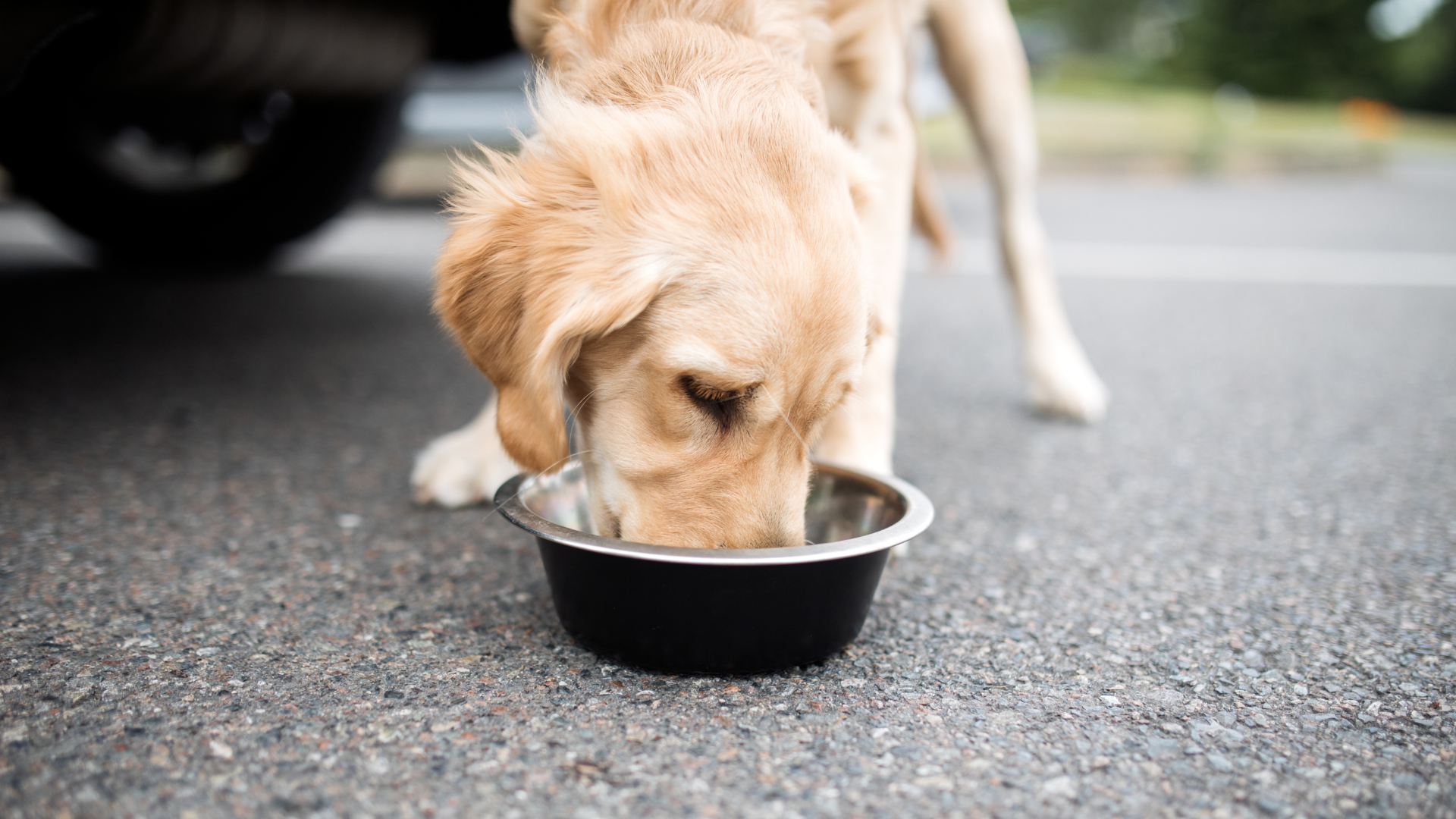How to go on a road trip with a dog
Dream of taking a road trip with a dog? We’ll help you prepare for a great adventure alongside your canine companion.

Planning a road trip with a dog can be an exciting adventure, but it requires careful preparation to ensure a safe and enjoyable experience for both you and your canine companion.
As a certified animal behaviorist, I understand the unique needs and behaviors of dogs, and I’m here to guide you through the essential steps to make your journey smooth and stress-free.
Long car rides, unfamiliar environments, lots of new people, and dogs to interact with – can all cause some element of anxiety in dogs. By anticipating their needs and proactively addressing any of these potential issues in advance, you can have a much better time together on your trip. Being proactive will help prevent common problems such as anxiety, motion sickness, and boredom.
Your dog's comfort, safety, and well-being must be prioritized to ensure a smooth and enjoyable journey for both of you. From taking familiar items that your dog will find comfort in, to researching the best pet tracker – we’re going to dive into how you can have the best road trip alongside your dog. Read on to find out more:
How to prepare for a road trip with a dog
Preparation is key when it comes to having the most enjoyable of adventures alongside your dog – especially when taking a road trip with a dog.
Waste bags, a treat pouch, and a towel are all important to pack to make sure your dog and the environment they are walking in stay clean.
Packing up these items for your trip will help to ensure a safe and comfortable road trip for both you and your dog. It’s also important to do your research when it comes to dog-friendly accommodation along your route. Make sure you ask if pets are allowed and whether they have a ground-floor room available if your dog doesn’t handle stairs well.
Get the best advice, tips and top tech for your beloved Pets
Planning your driving route takes a lot of the stress out of going on a road trip with a dog. It means you know when you’ll be able to stop to let them toilet, stretch their legs, and have water breaks.
Take a list of important numbers with you – including your dog’s proof of vaccinations, especially rabies, and if they have one, a health certificate. Have their microchip information written down, alongside your usual vet’s number and insurance details.
Find out where there are emergency vets located along your route and take their contact details too. Ensure your dog is properly identifiable with their ID tag and license tag, if required.

How to keep your dog safe on a road trip
While you might be used to taking your dog on short car journeys in your hometown, traveling long distances can require extra vigilance to ensure the safety of your canine companion. Here are some dog car safety tips.
1. Secure containment
It’s important you know how to secure your dog in a car and ensure you’re using and appropriate method to keep them safe. This also helps ensure you're not distracted by them moving between areas of the vehicle. Crash-tested dog harnesses, a seat belt, or a crate can be some of the more safe ways to travel with your dog. If using a crate, make sure that it is well-ventilated and anchored in place.
2. Turn off air bags
If your dog is riding up front with you, it’s vital that you turn off the passenger seat air bag to prevent injury in the case of an accident.
3. Avoid hot cars
While driving, keep the car properly ventilated and consider using window shades to protect them from direct sunlight. Never leave your dog alone in the car, especially when it’s hot outside. Even with windows left cracked open, temperatures can rise quickly to dangerous levels.

4. Frequent breaks
Taking lots of rest stops will not only allow your dog to relieve themselves and get a stretch, but will also allow you to assess how they’re feeling - physically and emotionally. It also gives them time to have a drink or food to stay hydrated and nourished.
5. Identification
It’s always important to have correct ID tags on your dog at all times when out of your home, but even more so when you’re traveling out of your hometown. Ensure you’ve got an up-to-date phone number on the tag so you can be quickly reunited with your dog should they escape or get lost.
6. Plan for emergencies
Have a list of emergency contacts, including vets along your route. Carry a pet first aid kit to assist with any minor injuries.
7. Car stress reduction
Before starting to plan your trip, consider how your dog feels about traveling in vehicles. If they are stressed or get nauseous at all, then work with your vet and an ethical dog behavioral professional to help them feel positive about car travel well in advance of your adventures.
Want to explore more of the world with your dog? We’ve got top tips on how to travel with a dog. And if you’re taking your trip this summer, we can help you with ideas of how to keep a dog cool in the car. and what to pack for camping with your dog.

Caroline Wilkinson is a Certified Animal Behaviorist. She is a Full (assessed) Member of the Association of Professional Dog Trainersand INTODogs – as well as a Registered Training Instructor (ABTC). Caroline is also a Certified Real Dog Yoga Practitioner and an Applied Canine Zoopharmacognosist.
As the founder of digital pet coaching service Barket Place, Caroline has a passion for improving connections between human and hound, with a focus on relationships and reduction of stress for canines living in a human world. She helps pet parents, like you, to work through challenges they may be experiencing with their dog's behavior, so that they can get back to the important job of loving their dog.
Caroline writes for Edition Dog Magazine, as well as a number of trusted pet brands. She also speaks around the country – presenting workshops and webinars with a focus on living more mindfully alongside our canine companions. She is also the co-host of chart-topping podcast, ‘Supporting Both Ends of the Lead’ and has spoken about dangerous dogs on BBC Points West and BBC Radio Bristol.
